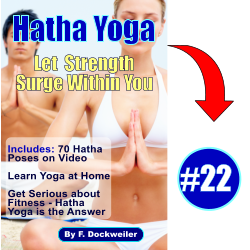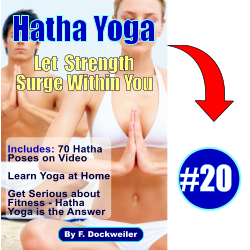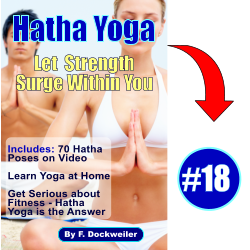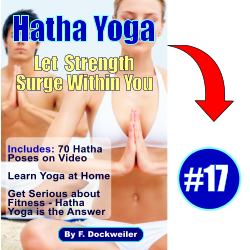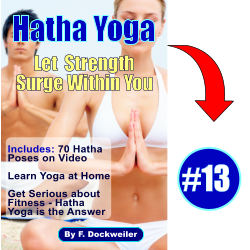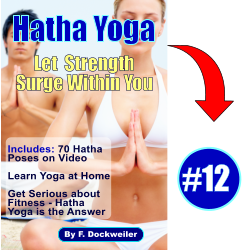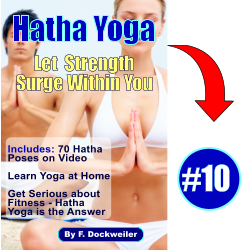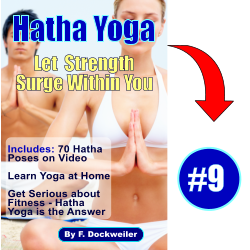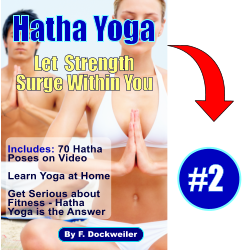Unless you’ve been living in a cave for the past few years, we’re pretty much sure that you’re aware of that activity known as the Lying Down Game or Planking, that involves stiffly lying face down in the most incongruous or unexpected locations, just for the heck of it.
While Planking was, and still is, considered mostly as a simple viral online meme, there’s a another form of “plank mimicry” that can be used for seriously attaining health and wellness.
In Hatha Yoga, we have the Yoga Plank Pose, or Uttihita Chaturanga Dandasana in Sanskrit (uttihita = extended, chaturanga = four limbed, and dandasana = staff pose). It does not require a full stiff, face down posture. Rather, it emphasizes the need to maintain balance while facing the ground, even as you keep as much distance between it and your chest.
Qualities of the Yoga Plank Pose
Unlike in the Lying Down Game which is mostly just a comic social game, the plank pose in Hatha Yoga is meant to underscore fitness by providing the yoga practitioner with a sense of the importance of stability, alignment, and strength.
The Yoga Plank Pose is also known by another Sanskit name, Kumbhakasana, which means “empty teapot.” This is with reference to the efforts of some advanced yoga practitioners to exhale completely while striving to maintain the plank pose, with the end goal of developing tolerance for the lack of air (conditioning the mind and body to stay disciplined and focused even under trying situations).
Demonstration of the Yoga Plank Pose
Benefits of the Yoga Plank Pose
- Mental – the Yoga Plank Pose is great for challenging the limits set by the mind as to how far it can withstand pressure from a demanding situation.
- Physical – the focus of the Yoga Plank Pose is on firming and strengthening the abdomen, and making the spine, arms, and wrists stronger.
- Spiritual – the Yoga Plank Pose is advantageous for those who want to test their resistance and endurance to discomfort. In doing so, a certain level of patience and calmness is achieved.
Safety Alert
The Yoga Plank Pose is contraindicated for those with Carpal Tunnel Syndrome.
If this is your first time reading this, you’ll want to read through out this entire guide at least one time and of course, have your doctors clearance for doing these yoga poses, before you attempt doing them on your own.
The Hatha Yoga demonstration videos that you get when you subscribe to the MyFitnessNut.com Newsletter will be useful for you to witness how the poses are done; which is much easier than just reading about how they are done. Next we’ll move on to the “Tree Pose” where you can experience solidity in being rooted.
